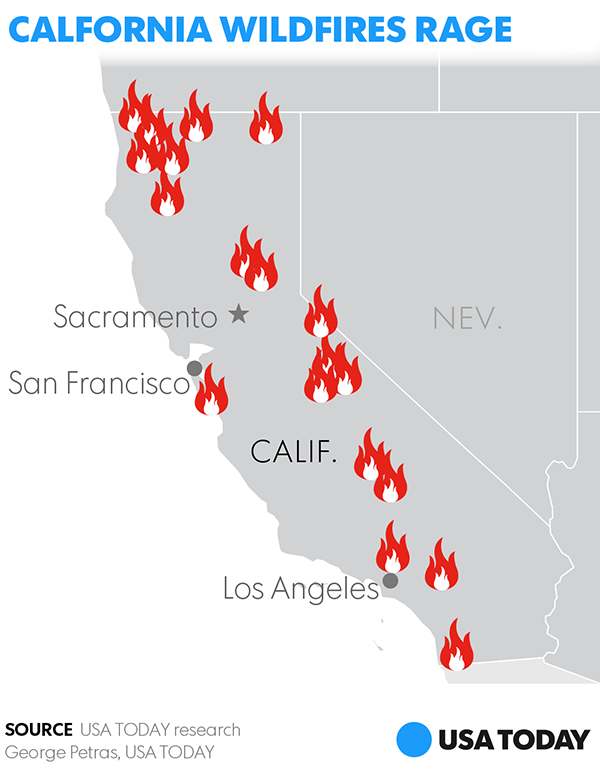

Activity usually continues until late fall brings Pacific moisture to the northern portion of the state, though northeast wind events may pose a threat. In Northern California, fire season typically peaks in the summer with increasingly warm and dry conditions and aided by occasional dry cold frontal passages that may bring winds and/or lightning. Critical fuel moisture refers to the point at which fuel characteristics-like vegetation mortality or dryness-are favorable for large fire growth. Ĭal Fire predicted that "critically dry fuel moisture alignments are not likely to be reached for any great length of time or over a larger area" between March and June 2023. Some researchers noted that the resulting vegetation growth could prove dangerous if dry and warm conditions return during spring and summer, obviating the gains from early storms, but in general, according to the California Department of Forestry and Fire Protection (Cal Fire), increased precipitation reduces the risk of a worse wildfire season.
California fire risk map 2021 series#
Season outlook Climate Ĭalifornia saw a series of powerful atmospheric rivers between December 2022 and March 2023, which much improved drought conditions in the state and boosted the snowpack in the Sierra Nevada to more than 200% of average for the date. The 2023 fire season follows the 2022 season, during which the number of fires and the resulting burned acreage were both below average. This is below the state's five-year average of 1,158,028 acres (468,637 ha) burned during the same period. According to statistics published by the California Department of Forestry and Fire Protection (Cal Fire), as of September 25, 2023, a total of 5,601 fires have burned a total of 275,058 acres (111,312 hectares). state of California since the beginning of the calendar year. The 2023 California wildfire season is a series of significant wildfires that have burned in the U.S.


 0 kommentar(er)
0 kommentar(er)
